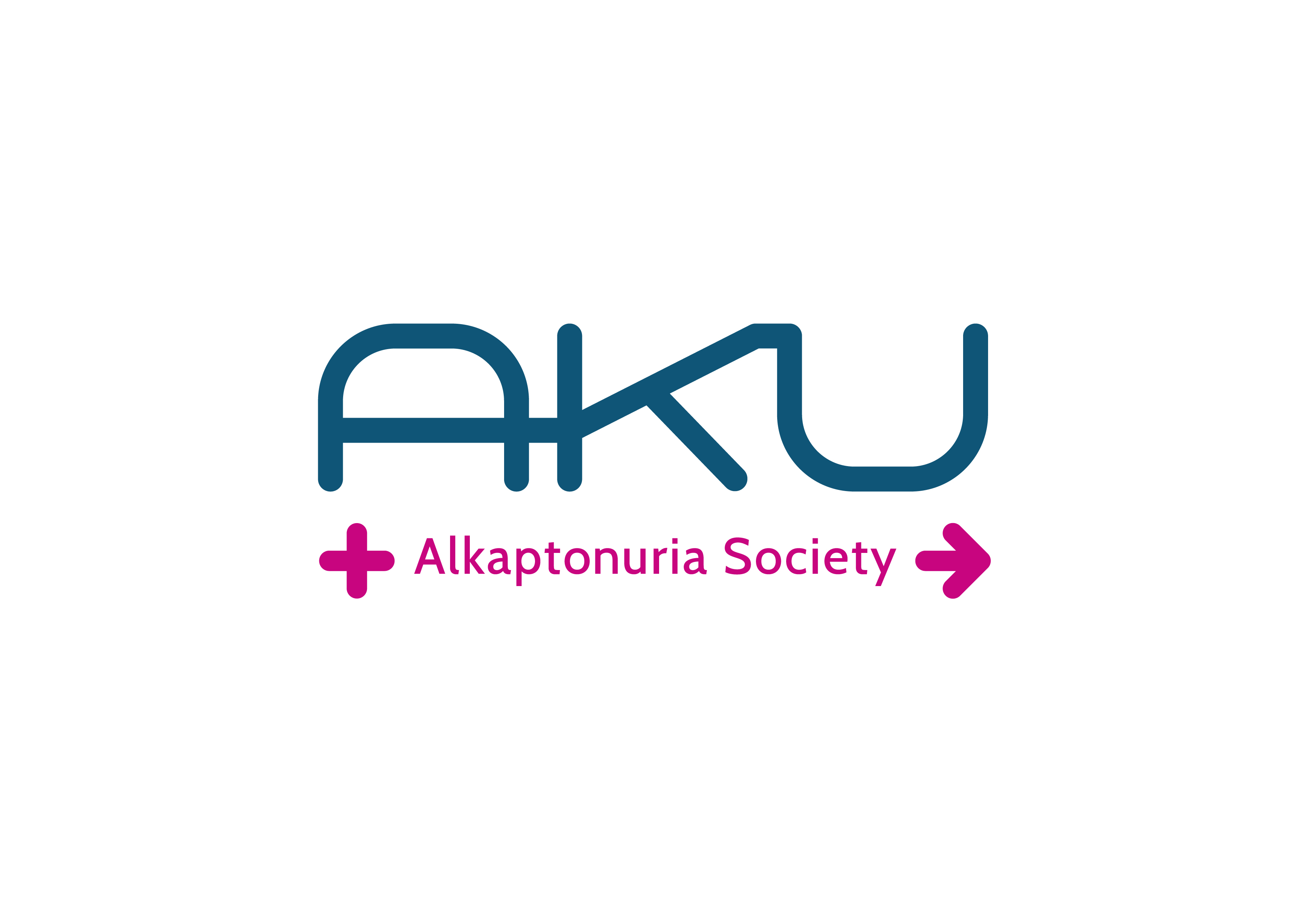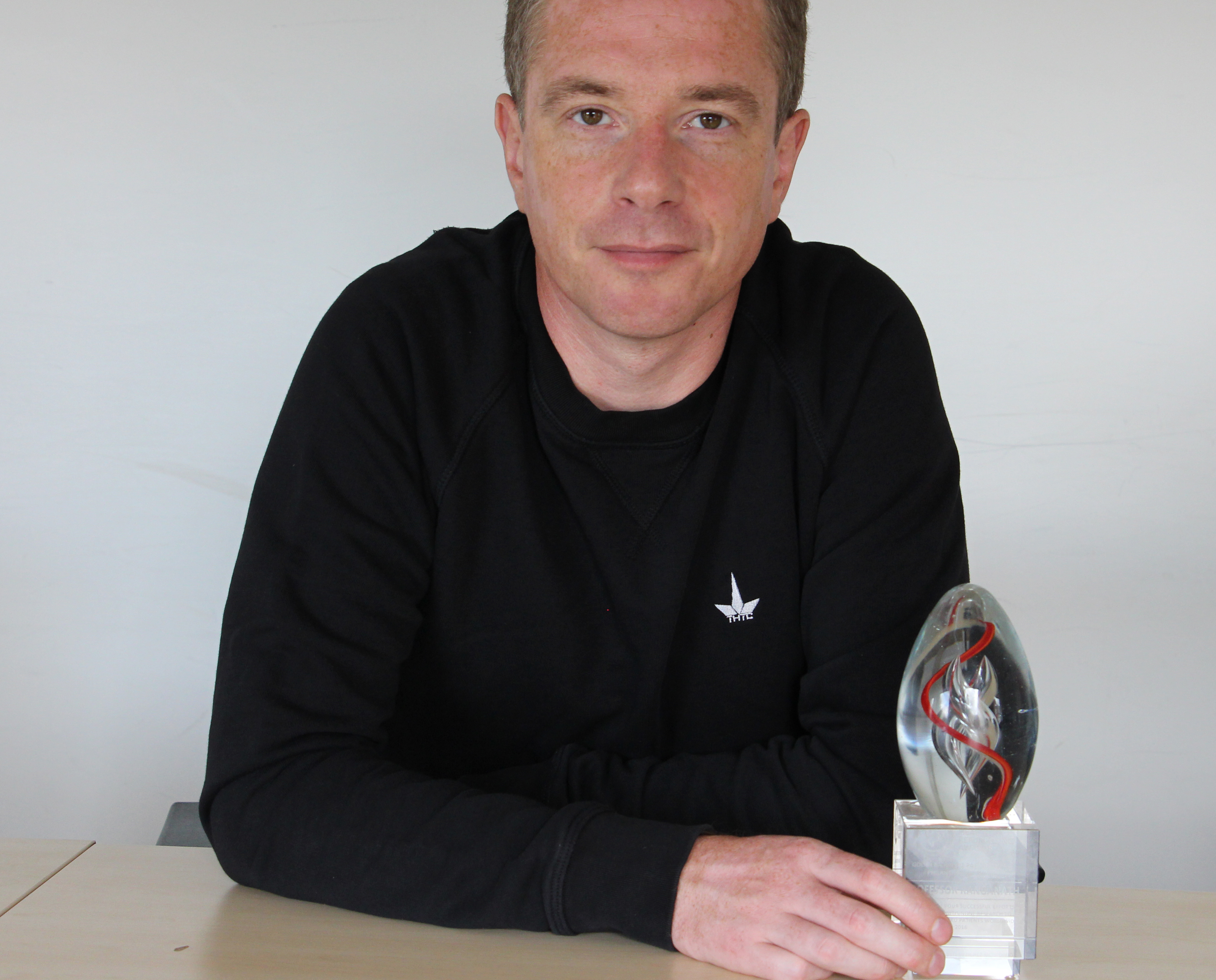Alkaptonuria: From Bench to Bedside – and Beyond
Dr Michelle Muscat meets Mr Reece Edmends, the Administration and Communications officer of the Alkaptonuria Society based in Cambridge, UK.
Alkaptonuria is also known as black bone disease, a disorder affecting the metabolism of tyrosine and phenylalanine, where homogentistic acid accumulation occurs in connective tissue (ochronosis). In the young the disease may be asymptomatic, with the main finding being urinary discoloration when left standing with symptoms such as joint pains starting to develop as they grow older. In alkaptonuria there is homogentistic acid oxidase deficiency. The Egyptian mummy Harwa – believed to date back as far as 1500 BC – was actually documented to be ochronotic and probably had alkaptonuria. Alkaptonuria is an autosomal recessive disorder first described by the British doctor Sir Archibald Garrod in 1902 – interestingly, Sir Archibald served in Malta providing medical consultancy to the army during World War One and was made Knight Commander (KCMG).
Can you tell me a bit more about the origins of the Alkaptonuria Society?
The AKU Society was founded in 2003 by Robert Gregory, a patient at the Royal Liverpool University Hospital, and his doctor, Professor Lakshimarayan Ranganath. After both his sons were diagnosed with alkaptonuria, social entrepreneur Nick Sireau also threw himself into the search for a treatment, becoming CEO in 2010 and hiring our first member of staff. Sireau left in 2015 but returned to the charity in 2017. He now leads a team of four staff and is assisted by a six-strong board of trustees, including Professor Ranganath. Sadly, Robert Gregory passed away in 2014. The NHS-funded Robert Gregory National Alkaptonuria Centre, established in Liverpool, is named in his honour.
Do you believe the awareness of alkaptonuria has changed along the years?
Sir Archibald Garrod’s discovery of alkaptonuria in 1902 was a landmark in medical history. His definition of an inherited disease, attributed to ‘inborn errors of metabolism’, was an inspiration for modern genetics. For the next hundred years, however, there was little progress. Most patients were misdiagnosed. Even those diagnosed were told that they had to accustom themselves to a life of crippling pain. Only in the early 2000s did research begin into finding a treatment. Scientists at the National Institutes of Health in Maryland, US, ran clinical trials on nitisinone, which had already been licensed for use in hereditary tyrosinaemia type 1. The trials failed due to, among other things, recruitment difficulties, but those patients who were treated reported that they felt better. This inspired us to support research on nitisinone back in the UK.
What was your most rewarding achievement?
In 2012 we managed to persuade the NHS to establish and fund a dedicated National Alkaptonuria Centre at the Royal Liverpool University Hospital. This provides assessments and treatment for all adults with alkaptonuria in the UK. Patients attend for one week each year, getting expert care and off-label access to nitisinone. Since 2012, the centre has gone from strength to strength. It now serves over 60 patients, up from 21 in its first year. The effect of this on patients’ lives is enormous.
Can you tell me more about the events which you organise and how do you secure funding? How the association involved in research?
Each year, we organise at least two patient workshops. These allow patients to meet each other, to get updated on the latest research, and to get advice on how to manage their condition: diet, gait analysis and pain management are particularly popular topics. So far, we have organised seven workshops for adult British patients, two workshops for international patients, and one for children at the London Zoo. The events are free to attend and would not be possible without our community fundraisers and the generosity of private charitable trusts. We also organise an annual academic conference for researchers and clinicians to discuss advances in the field.
We are also the driving force behind the DevelopAKUre international clinical trials into nitisinone, which we believe treats alkaptonuria. In 2012, we put together a multi-national consortium which won a grant of six million euros (and seven million euros in co-financing) from the European Commission’s FP7 programme. The trials, which are being carried out in Britain, France and Slovakia, are now at their final stage and will finish next year. If the results are good, we will apply for a marketing authorisation with the European Medicines Agency.
The AKU Society recruited all the patients on the trials, and currently provides logistical support for patients at the UK’s clinical site. We advertise the research at international conferences like the European Conference on Rare Diseases and Orphan Products. Pharmaceutical companies are impressed by our retention rate of 91%.
Can you tell us more about possible medical advancements on the horizon you are personally excited about?
Nitisinone, a synthetic reversible inhibitor of 4-hydroxyphenylpyruvate dioxygenase, is very effective in reducing homogentisic acid levels in the blood and (we hope) is of great clinical benefit. But it is not a perfect treatment. By blocking tyrosine metabolism, it causes an elevation in plasma tyrosine. In some patients, this hypertyrosinaemia leads to unpleasant side-effects – corneal keratopathy and skin irritation. As a result, we would like in the future to develop a nitisinone co-therapy with tyrosine ammonia lyase (TAL). We propose to use oral administration of this enzyme to selectively degrade tyrosine in the gut, lowering tyrosine absorption and preventing tyrosinaemia.
We would also like to test a gene therapy in mice that can be translated to AKU patients. The method and delivery will be part of a personalized medicine strategy that can overcome point mutations not only in AKU but also in many inherited metabolic diseases.
What do you envisage in the future for the Alkaptonuria Society?
After the DevelopAKUre trials finish in 2019 where we hope to obtain a marketing authorisation from the European Medicines Agency, our remit should change significantly. Hopefully we will no longer have to invest so much energy into clinical research proving that nitisinone works. Instead, we could focus on optimising access to treatment. In the developing world, thousands of people currently suffer from AKU without any support. We are looking for funding to launch promotional campaigns in India and the Middle East over the coming years. More information may be found on www.akusociety.org/
I will read TheSynapse because …
This is the first time I encountered the publication which is an innovative and interesting way of providing healthcare professionals with information, including the e-Learning service. I hope we can collaborate further in the near future.




